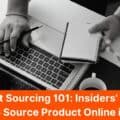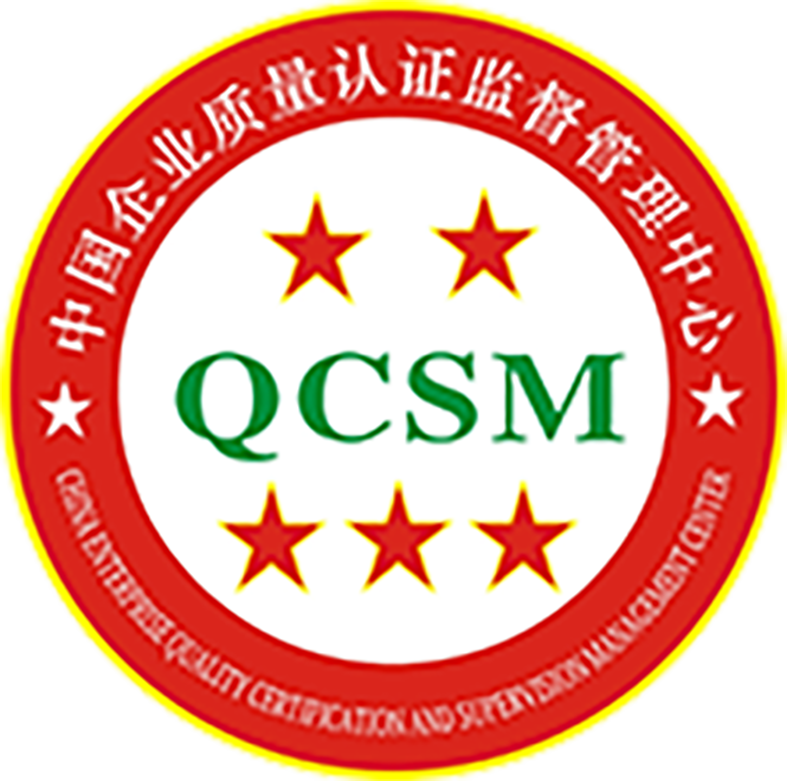Every business owner would want to take in every business opportunity that comes across. Who would want to turn a customer away? But the truth is, not every deal you make is suitable for your business.
In retailing and sourcing, this is especially true. Businesses – suppliers, manufacturers, or even shop owners regardless – should make careful consideration for how much product to sell to customers.
On the one hand, selling too little could lose capital on holding products. On the other hand, turning away customers would be missed opportunities of making small but profitable deals.
So how do we strike a balance? This is why we need a Minimum Order Quantity (MOQ). An MOQ sets the cutoff for the total amount you sell with. With a fixed minimum requirement, you can manage the profit margin more easily or negotiate further on other costs.
What is Minimum Order Quantity (MOQ)?
MOQ stands for Minimum Order Quantity. A minimum order quantity is the lowest requirement of units purchased at one time. MOQ is set either on the cost or on units. This technical term is often used by manufacturers or suppliers for a production run. It helps online sellers to determine the least amount of product they are willing to supply or manufacture in a single order.
Examples of MOQ:
- MOQ for manufacturers: If a manufacturer sets his MOQ as 1,000 units, that means buyers must place an order of at least 1,000 units of inventory at a time.
- MOQ for wholesale or retail partnerships: if a brand has an MOQ requirement, then the wholesale or retail partner will have to place an order of at least 50 units or $500 worth of product to be purchased together.
In some cases, suppliers are flexible and can change the MOQ. In cases of long-term partnerships between suppliers and retailers, it is likely to have negotiations on altering MOQ.
There are no fixed rules for MOQs or a fixed MOQ for all – every supplier and business type may have different setups.
Pros and Cons of MOQ
Pros
The buyer’s best use of MOQ is to lock down a unit at its best price. The prices can be greatly discounted once a minimum order quantity is agreed on. This augments the margin of profit per unit.
Cons
MOQ may pose challenges to small business owners and retailers. As the MOQ sets a higher requirement to kickstart a deal, many retailers may have to order unnecessary units to fulfil the MOQ. This would drive up the upfront cost.
Use of Having a MOQ
Why do suppliers set MOQ? Does it not make it harder to do business and discourages retailers to go into negotiations with them?
What if the retailer demands 90 units and the supplier insists on a MOQ of 100 units? Isn’t MOQ a blocker in closing a deal?
To answer the question, we have to look at the matter from the suppliers’ perspective.
Why Do Suppliers Have MOQs?
Suppliers often set MOQ in favour of suppliers’ production plannings. MOQ helps secure that the supplier’s production cost before running the production and that the minimum profits will be generated.
In most cases, suppliers set out a MOQ with all accounting done beforehand. The MOQ covers the production cost and the minimum units the supplier needs to sell to make profits. Without MOQ, the supplier may end up selling fewer units, which will result in monetary loss.
Some manufacturers work at a very low-profit margin, particularly manufacturers in China. In general, Chinese manufacturers close deals at 3 or 4 per cent profit margins for large volume orders.
Factory size is another factor to decide MOQs, basing on the amount they produce on a single production run. Another reason for setting up a MOQ is that the item is sometimes too cheap to be sold in a single unit.
Understand the importance of MOQ with an Example
Here is a scenario:
Let’s say you want a supplier to produce 500 units in one production. The supplier has enough resources to produce 1000 units in one go, and suppliers will then waste its other 500 units.
The margin would also vary. If it costs the supplier $70 and he sells $100 per total unit via wholesale – they would need to sell all at once to earn their profits. Otherwise, it would take months to reach break-even.
Minimum Order Quantity (MOQ) ensures that these suppliers would not carry any losses.
Can Minimum Order Quantity Change?
MOQs in general are meant to help suppliers earn their minimum profits. Suppliers can be lenient in regards to altering the MOQs (depending on clients). In certain cases, you can be considered a special client by building a relationship & engaging conversations, providing an advantage of coming up with win-win situations between both parties.
To meet MOQs, you’ll need to shoot an email to the supplier. The following explains how you can do it and get their latest rates.
Have your quantity requirements laid out in order to engage in a more detailed conversation with the supplier in order to get an understanding of your needs.
As mentioned, MOQs are not universal. Their rates vary from supplier to supplier. Searching for suppliers on various platforms can widen your options and land on one with a preferable MOQ. Certain suppliers can set their MOQs in hundreds or even thousands.
Being a very diverse market, you will need dedication to finding a supplier who can produce the number of goods you require at a relatively affordable price that suits your need.
4 Steps to Calculate Minimum Order Quantity (MOQ)
It is quite tricky to calculate MOQs since it differs depending on the context and situation of the business. While it’s a key part of inventory control, there is no single correct MOQ or secured formulaic approach for every situation.
Each business will have to calculate the opportunity cost for paying higher per-unit costs and determine whether they should enforce higher MOQs. As these requirements can vary, a supplier may sometimes consider the advantages of taking some orders from a loss since it fuels higher-profit orders.
As a result, a customised MOQ formula for your business will have to be created from your end. You will need to determine when the MOQs will generate the most profit for your business using extensive data collection and analysis.
How can you do that? The following will provide you with the tips to establish your unique formula.
It’s important to remember that there is no “right” MOQ, with the differing and varied situations amongst different businesses. While there is often a tradeoff between having higher MOQs or paying higher prices per unit, there isn’t a go-to formula to calculate minimum order quantity.
1. Determine Your Demand
Demand forecasts will require an understanding of product type, competition, seasonal impact, and many other factors to estimate unit sales in the future. For merchants purchasing inventory, this data can help inform you of your next purchase order. Inventory forecasting will match supply & demand in the equation.
Finding the minimum order quantity you want from a manufacturer isn’t far from what you will have to sell. You will also need to account for the total timeline of getting the inventory ready for shipping – such as lead times, freight transit times, warehouse receiving with your third-party logistics service provider (3PL), and potential delays. You may realise you need to order inventory as soon as possible for certain cases.
Here are some pointers on monitoring demand, especially during strenuous times:
- Maintain constant communication with your supplier(s).
- Ensure you have enough stock in case you cannot manage any large fluctuations in demand.
- Review sales forecast weekly, if not daily, to adjust production quantities.
2. Calculate the Break-Even Point
To set your minimum order quantity in your best interest, you must find out what your break-even point is. You will have the figure right after making the second transaction for DTC orders. Usually right when you recover your customer acquisition costs, and your customer comes back through email marketing efforts.
As for wholesale, consider the lowest per-unit dollar you are willing to charge in exchange for a higher-order value. If you’re not paying for smaller quantities at a higher price, the value cannot be so low where your profit margins are next to nothing – while volume discounts are expected.
3. Understanding Your Holding Costs
Certain products have more storage costs: based on size, storage duration and special warehousing requirements. It can help you financially when ensuring that such items are not stored in inventory for too long.
Inventory holding cost is the true cost of storing all of your products. It is something you should consider before heavily investing in inventory.
4. Coming Up With Your MOQ
Consider this scenario: let’s say you are consistently maintaining a high demand. You will need to sell at least 150 units per order to make profits, but your partners purchase about 200 units per order on average.
You could set 200 units per order as your minimum order quantity (or even go down to 150), if your partners or clients have been willing to buy 200-unit orders from the past.
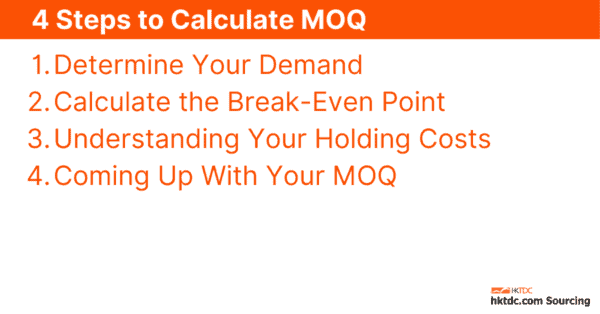
4 Tips on Implementing Minimum Order Quantity (MOQ)
Here we have a few tips that will help you gather the necessary information to make the calculations and create a customized MOQ for your business.
1. Calculate demand
Understand the demand for your products. Demand forecast is crucial in projecting how fast-moving your product is and how much you can stock up. Make forecasts based on product type, seasonal trends, and competition. Factor in the logistics as well, such as shipment times, lead times, freight transit times, and warehouse receiving.
Having a figure to accurately predict inventory quantity helps you respond to future changes for demand, and also evaluate sales forecast for figure adjustment.
2. Determine Your Holding Costs
Determining what your holding or carrying costs will help you understand the price you pay for storing goods. Certain products cost more for carriage. As an example, there are goods that require refrigeration – meaning energy costs, as compared to something that can sit on a warehouse shelf for months at room temperature.
It’s always more profitable to not hold inventory for too long, as there are costs for inventory storage. There are other factors such as product size, special needs like energy usage, time costs for storage and other associated labour & overhead costs.
3. Determine Your Break-Even Point
After getting the concept of demand and holding costs, you will need to determine your break-even point. What is the minimum number of products you should sell to recover the expense?
Let’s say you sold 5 products to a customer. How much would that bring in revenue compared to the costs for keeping those products in inventory, carrying costs and overhead? What if your order was 200? You will need to eventually find a break-even point to see how the sales revenue can exceed your expense on the product.
4. Draft Your Formula and Strategy
After gathering all the data and determining what the solid MOQ would be, you can start working on the formula and strategy for implementation. This MOQ formula will describe each product type from your inventory, and strategizing lays out how your team can incentivise consumers who fall below the MOQ and have them increase the order quantities.
You will then avoid unprofitable orders which fall below the MOQs and minimise the risk of losing customers, having a formula and strategy in mind.
Rather than pushing to increase average order volume (AOV), providing an incentive like bulk-buying discounts can alleviate the risk of unprofitable sales. By having a minimum purchase amount set to control your risks, it makes it less likely for customers to dip below your profitability. Pushing your customers to increase their buys can be done by providing them with a valuable incentive.
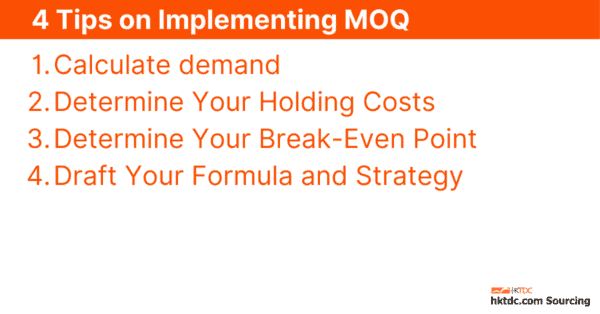
Frequently Asked Questions (FAQ)
What If You Don’t Need Large Stock Quantity?
New businesses would often only require smaller numbers to get moving. In such cases, they wouldn’t be able to afford MOQs set by manufacturers. To handle this situation, it’s best to get direct contact with the manufacturer and deliver an honest statement for an affordable amount from your end.
If you cannot negotiate terms that suit your needs, you will have to consider different suppliers that complement your business model.
Many suppliers are available to offer low MOQs. They just need effort in finding them. Depending on the industry you’re working in, investing time to find and place efforts may not always be a wise decision. (More on this topic below.)
If you decided on something you want to pursue, it would require a commitment for plenty of research. Going through hktdc.com Sourcing, TaoBao, and many other directories of online suppliers can provide an enormous range of searching scope.
Business owners generally take less risk of purchasing products since they need them over buying heaps of goods upfront. While this is not only a financial burden for anyone new to commerce, you cannot guarantee that the product will sell.
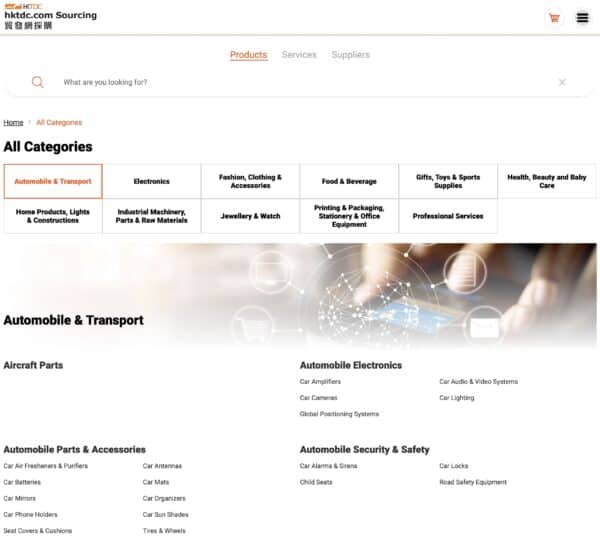
Should I Stick With a Supplier Who Offers the Lowest MOQ?
Even if you choose a company with the lowest MOQ, which seems to make sense – it doesn’t necessarily mean you will get the most value out of it.
There are certain key factors you should consider. Firstly, the ideal supplier should meet the product safety requirements specified for your niche. Secondly, you want a factory that has a great track record on fulfilling orders in time (See Ecommerce Platforms for more information). Thirdly, you want a supplier who can provide a customer support team that offers a pleasant service.
More importantly, you will want to maintain a good relationship with your suppliers. If you drive their MOQ really down, their profits will be cut – leading to unhappy and disappointing outcomes for the suppliers as they lose money. They are also far less likely to prioritise production run for your company, especially if they have higher-paying clients. Naturally, business relationships are crucial, and it is essential to avoid jeopardising them.
Conclusion
In a nutshell, there are a few key factors to find out and implement your MOQs:
- Find out the demand for your product
- Crack the sweet spot of breaking even
- Always look into sales forecasts and discuss with your suppliers on production quantities
Read more: How to Find a Manufacturer or Supplier





